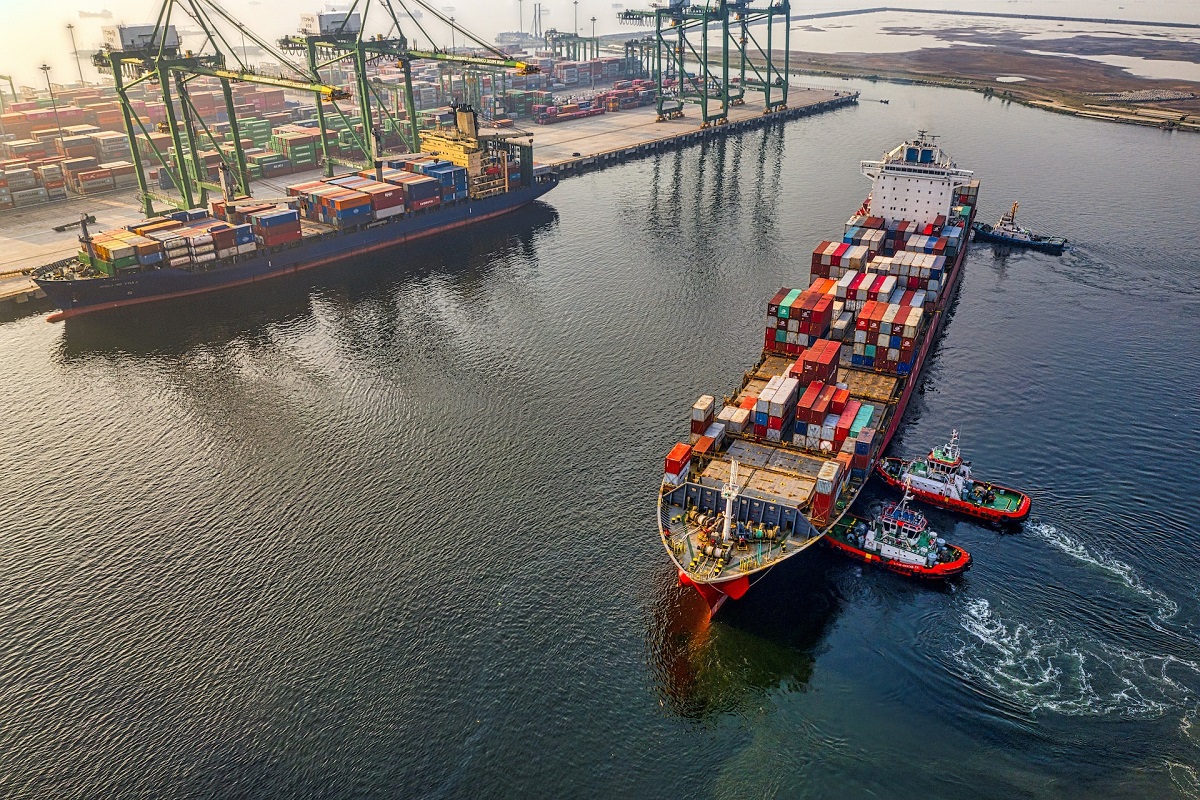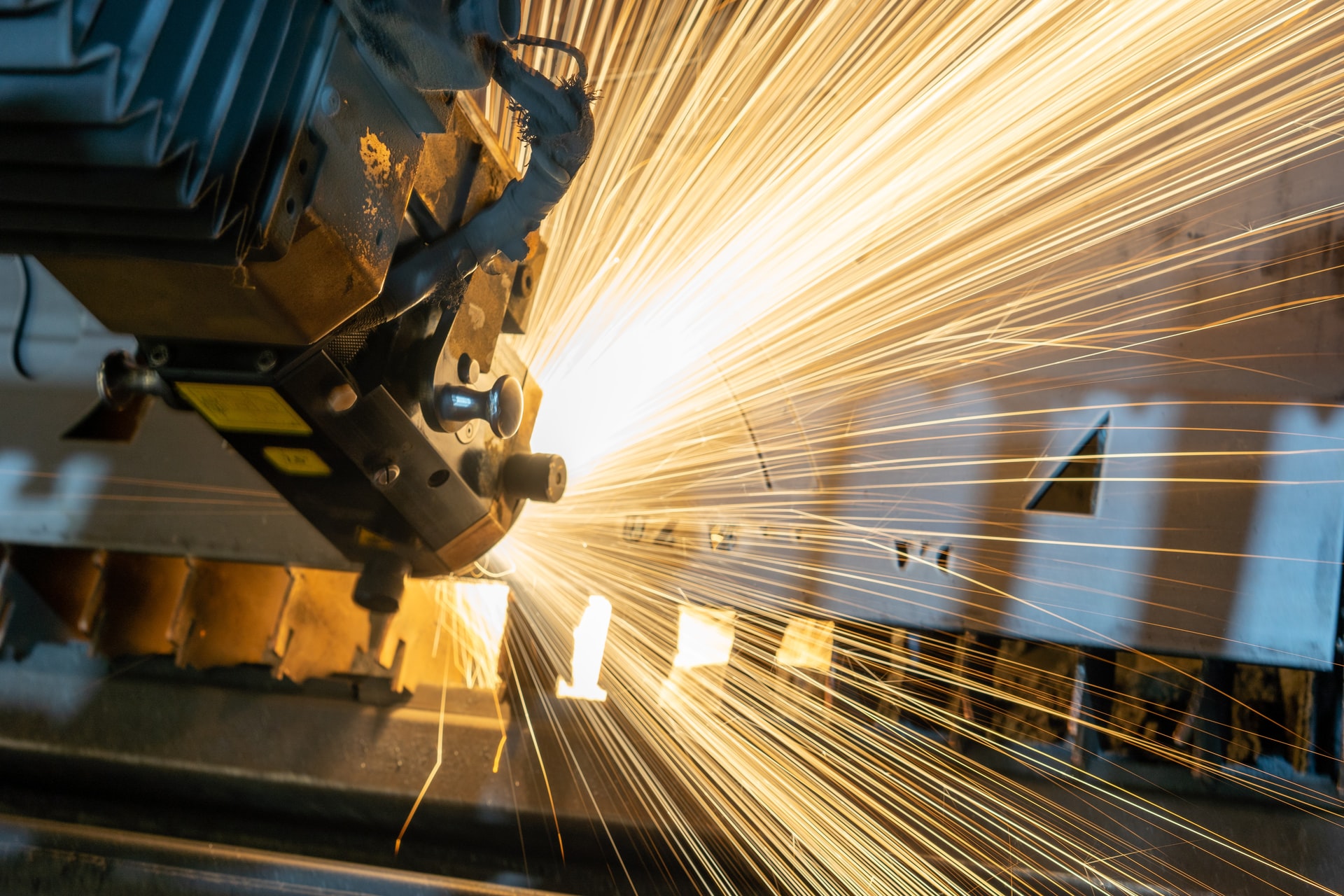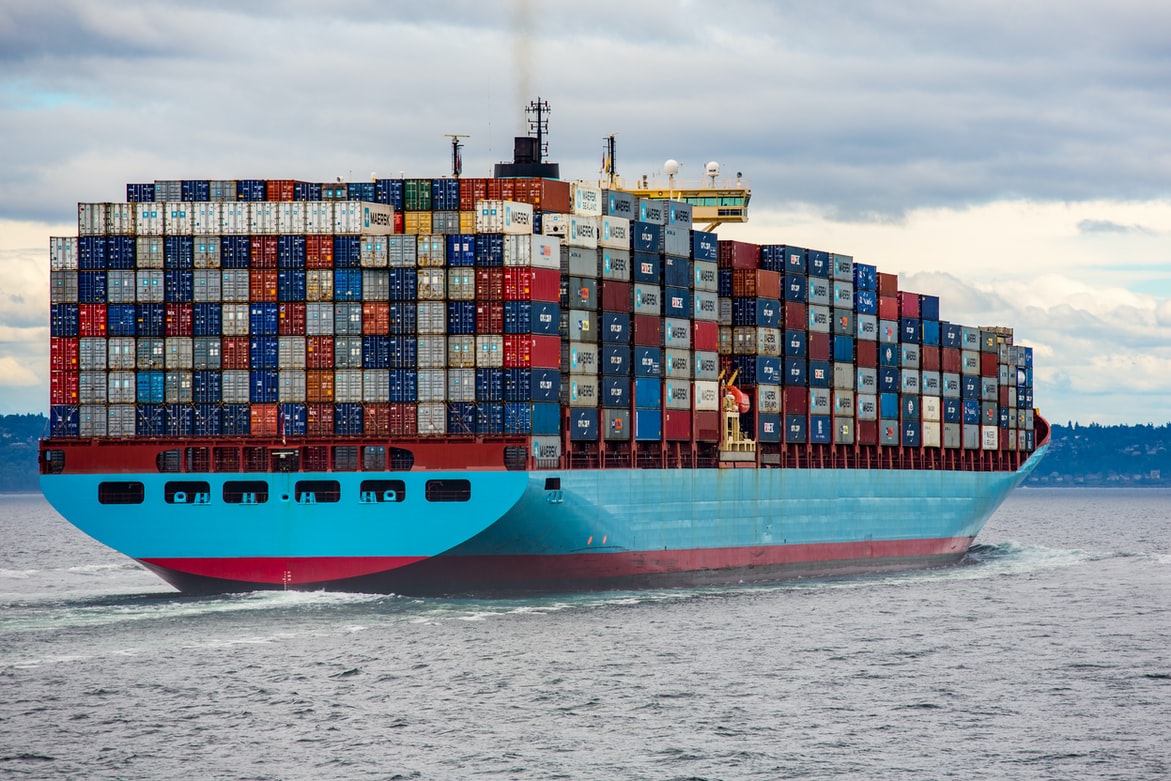
Experts weigh in on how to spend your kitchen remodeling dollars
___
Published Date 8/6/2024
Let’s face it. You can go crazy planning a kitchen. Between the cabinet choices, the appliances, the countertops and the faucets, it’s a veritable theme park of possibilities. But if you’re the kind of person who values the suggestions and advice from others who’ve been-there-done-that, you might want to read on.
First off, anticipate the inconvenience of it. Realtor’s Sarah Lyon says a kitchen renovation means lots of planning, being okay with take-out food or eating dinner out of the microwave for weeks, and a seemingly unending range of features to choose from. “Do you cook pasta regularly and need a pot filler over your range? Would a specialty ice maker elevate your beverage experience? And what’s with all these ‘hidden’ appliances lately?,” she asks. To help you better plan your makeover, she collected some expert insights from real estate professionals and interior designers to understand which upgrades are worth investing in, and which you might want to skip.
That pot filler idea? Totally worth it, especially if you (1) love pasta, boiling things, or steaming things, and (2) hate lugging a heavy saucepan or pot from the sink to the stove. Designer Rusty Wadatz says a pot filler is a practical addition for avid home cooks. Expect to pay $300 to $800 for a pot filler, including installation — depending on what plumbing the wall already contains. He also says pot fillers add a touch of luxury and convenience, making it a desirable upgrade that will someday appeal to potential buyers.”
Glass rinsers are cool for restaurant kitchens. Not so necessary at home. “Those who entertain frequently (or have mountains of bottles and sippy cups to wash) will of course appreciate the convenience of a glass rinser, but it isn’t a must-have that you should absolutely prioritize,” says Wadatz. “While it provides convenience, it doesn’t add substantial value to the property. It’s more of a nice-to-have feature rather than a must-have upgrade.”
Seems like there is never enough storage space. But when you add a hidden appliance garage, you’ll no longer feel like there are too many chefs in the kitchen. “These spaces can serve as the main hub for meal prep work and using heavy or bulky tools such as blenders, mixers, and slow cookers,” says designer Alicia Hassen. She notes that creating a basic working pantry will run you about $3,000 minimum — more if you incorporate additional shelving and appliances. “This has a large ROI with future buyers, as long as the integrated appliances are thoughtfully selected,” she says.
It is also a space where you can consider setting up a coffee station, Hassen suggests. Wadatz is also a fan of coffee stations in kitchens, noting that these will run you $500 to $2,000 depending on the machine you choose. “This trendy addition is perfect for entertaining and convenient for daily use,” he says.
For a smaller footprint kitchen, consider filling it with the things that look consistent and considered — like integrated (built-in) appliances. Unlike drop-in appliances with standard stainless steel finishes, panel-ready appliances generally cost about the same as stainless steel, which might be surprising to some. “They are generally less expensive up front, depending on the size and brand, of course, then the cost of the cabinet panels from the cabinet maker brings them to about the same cost as non-integrated appliances.
Touch faucets seemed so space age when we first saw happy families waving their hands around them in TV ads, But designer Cat O’Brien is adamant that homeowners skip these. “They are not worth the headache,” she says, adding that they break, are sensitive, confusing, still not as clean or useful as they’re made out to be.
Water filtration systems are a definite yes. They can be costly upfront but are an extremely worthwhile investment. Your choices will be an under-sink option (around $400) or a whole house one ($3,000-$5,000, and up to $8,000 for reverse osmosis), and will depend on a few factors. Under-sink will be the best option if your water report shows you have higher bacteria and contaminants because it will filter your cooking and drinking water. Hassen says a whole house filtration system is best if you’re concerned with sediment, lead, bacteria, and more, she adds, noting, “This can extend the life of your appliances and plumbing systems.”
Realtor, TBWS
All information furnished has been forwarded to you and is provided by thetbwsgroup only for informational purposes. Forecasting shall be considered as events which may be expected but not guaranteed. Neither the forwarding party and/or company nor thetbwsgroup assume any responsibility to any person who relies on information or forecasting contained in this report and disclaims all liability in respect to decisions or actions, or lack thereof based on any or all of the contents of this report.
View the full disclaimer and licensing details at https://homemac.com/mortgage-banker-disclaimer.


David D'Angelo
HMAC Social Media Manager
NMLS: HMAC #1165808
Home Mortgage Alliance Corporation (HMAC)
4 Hutton Centre Dr, Santa Ana CA 92707
Company NMLS: 1165808
Office: 800-900-7040
Cell: 310-980-7157
Email: info@homemac.com
Web: https://homemac.com

David D'Angelo
___
HMAC Social Media Manager
NMLS: HMAC #1165808
Cell: 310-980-7157
Last articles
___

The chicken or the egg? Buy or build?
11/8/2024
The decision to buy or build a home has become increasingly complex in today's m... view more

The bond market is calmer after several days of high volatility
11/8/2024
Yesterday Powell and the Fed lowered the FF rate by 25 bps as was widely anticip... view more

Don't Pull a Clark Griswold: Your Guide to Christmas Light Success
11/7/2024
Unlike Clark Griswold's infamous 25,000-bulb holiday mishap...... view more

Markets under heavy pressure as inflation worries increase
11/6/2024
Inflation fears running rampant this morning...... view more

Balancing deductible and premium: Always a crap shoot
11/5/2024
Insurance is simply termed as the mitigation of risk. True, you pay, and pay, an... view more

The reported US trade deficit for September was higher than expected
11/5/2024
The September Goods and Services Trade Balance was $-84.4B versus estimates of.... view more

Housing Market Shift: Listings Soar to Pre-Pandemic Levels
11/4/2024
Even if home prices have not fallen, it might be good to know that you’ve got mo... view more

Markets prepare for an extremely volatile week
11/4/2024
A nice improvement this morning, the 10 year note began down 11 bps from Friday,... view more
Load more
 Home Mortgage Alliance Corporation (HMAC)
Home Mortgage Alliance Corporation (HMAC)





































